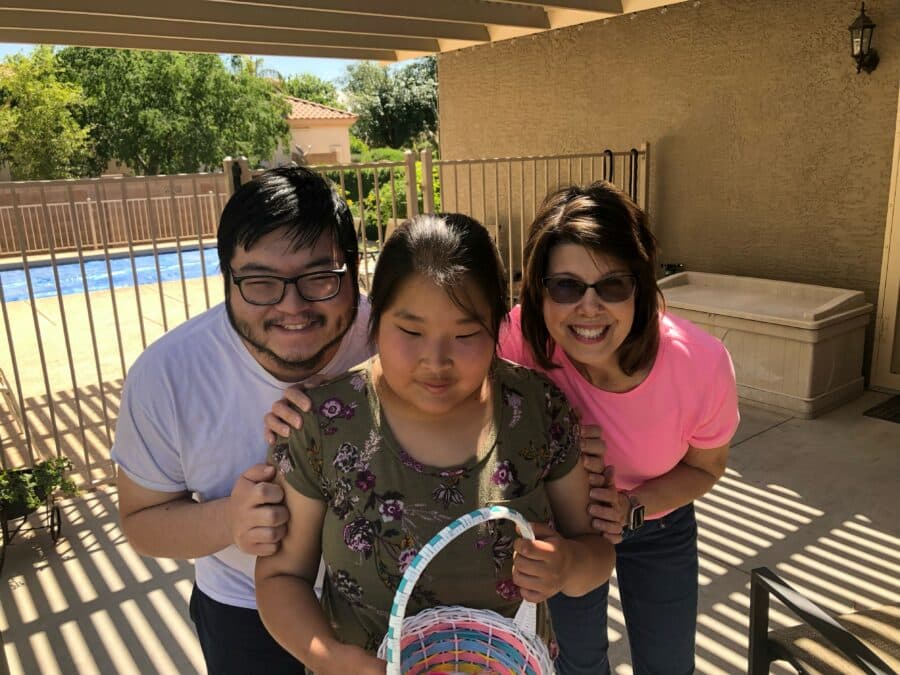Preserving cultural identity across borders can be difficult. Jim and Monica Frye experienced this struggle first hand as they expanded their family by means of intercountry adoption. The Frye’s live in Queen Creek, Arizona with their 3 children Dylan (24), Daniel (21), and Amy (17), all adopted from South Korea as infants.
The Frye’s adopted through Dylan Southwest, an adoption agency located in Scottsdale Arizona, specializing in South Korean adoptions. From the beginning, the agency emphasized the weight of preserving culture throughout the life of intercountry adoptees.
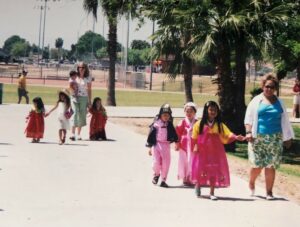
“The adoption agency said how important it is to keep their culture alive, whether it’s cooking the Korean food or participating in different events or activities, music, the language,” said Monica.
Jim highlighted how the agency was crucial in bridging the cultural gaps even after the adoption process was completed.
“The agency set up events, whereas the kids aged, they could get together. It was great because they already had South Korean adoption in common and could become friends but it was also like therapy in a way,” said Jim. “We would go to Chuseok (Korean Thanksgiving) and the Korean foster moms would come (to America) and they would cook original authentic Korean food.”
“In my mind, the best thing that the social agencies can do is provide those cultural events because they knew it, they lived it, and they spoke the language,” said Jim.
The events were memorable for the parents as well, and helped them make connections and relationships that proved
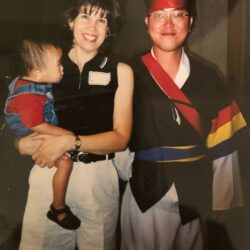
beneficial for the children long term.
“After Daniel was born, I got together with some of the moms that adopted kids from Korea and let the kids have play dates,” said Monica.
Jim and Monica also implemented aspects of Korean culture at home. Monica expressed the importance of retaining the Korean 1st birthday traditions.
“In South Korean culture, it’s really important to celebrate their first birthday. In the past, the mortality rate for babies was super high, so if they could make it to their first birthday, they knew their child was going to live. So, it was a big deal for them and they put on big celebrations for that day, so that’s what we did,” said Monica. “The foster moms sent us a hanbok (traditional Korean 1st birthday attire) for each of the kids. So, they put it on (the hanbok) and you place items in front of your child and whichever they pick, that signifies what they will be.”
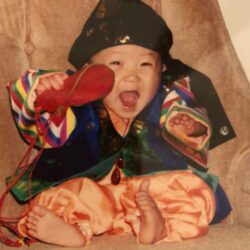
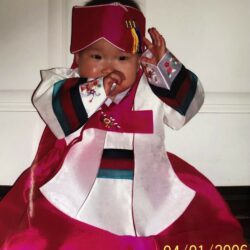
Monica said her eldest son Dylan chose the pen, signifying that he would be scholarly. She also recalled that some cultural differences proved more challenging than others.
“When we first adopted Dylan, he would cry and cry in his crib so I slept on the floor with him until he got comfortable because that’s what he was used to.”
Although culture remains important to the Frye family, the closure of the adoption agency stripped many connections and in turn made the task all the more difficult.
“Once they went out of business, it became so challenging. Had the agency stuck around, and kept putting on the functions, it would have been easier to get all the kids together and show more of the culture,” said Jim.
As their children have grown older, they have expressed contentment in their understanding of Korean culture; however, Jim and Monica are continually open and willing to provide more access to and education of Korean culture to their children. Dylan, the eldest of the 3, expressed interest in the whereabouts of his birthmother.
“Dylan is the only one who wanted to be in contact with his birth mom, which we aided in trying to find her, but they (the agency) couldn’t find her,” said Monica.
“We reached out to her and did whatever we could to help him, because in our mind, it was just a blessing we were able to help raise them,” said Jim.
Although the search was unfruitful, Jim and Monica remain open to future endeavors for the kids to pursue Korean culture.
“As mom and dad, if your child expresses a desire to know more about their culture, if you truly love them, I think you should foster that the best you can,” said Jim.
